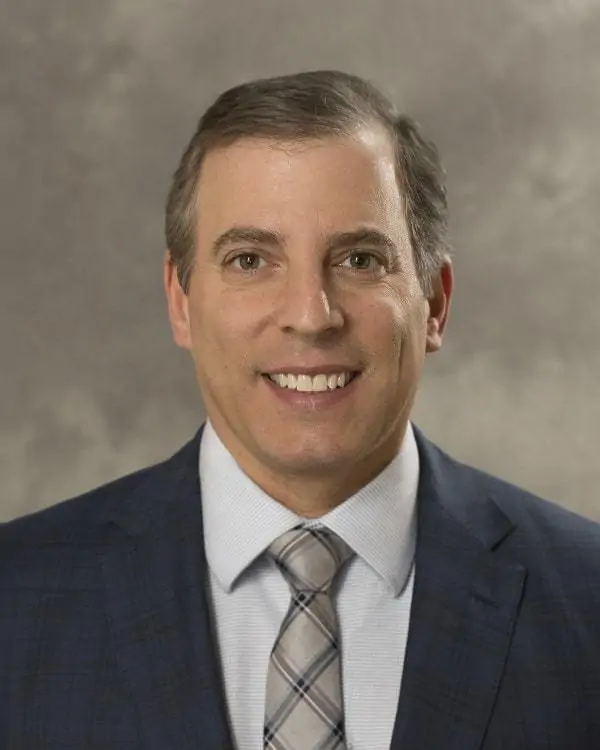A dental emergency can happen any time, any where and can be anything from a chipped tooth, a toothache, a lost filling, or a tooth that’s totally knocked out. While nobody ever wants to experience a dental emergency, the truth is, they happen. When they do, you should be aware of some ways to handle some of the most common dental emergencies. That’s where our dental office in Lyndhurst comes in.
There’s Not a One-Size-Fits-All Solution to All Dental Emergencies
Not every dental emergency is handled the same way, but there is one thing that stays true to every type of dental problem — see your dentist in Lyndhurst as soon as you can. In the meantime, there are a variety of things you can do to help. Let’s examine several common dental emergencies and tips to try in case they happen to you.
Dental Emergency: Broken/Chipped Tooth
How to Help It: Rinse your mouth and any tooth pieces with warm water to clean them. Save any pieces you happen to find. If you’re bleeding, apply pressure to the area with a piece of gauze until the bleeding stops. Remember, a mouth can bleed a lot, so be patient. To reduce swelling and minimize pain, apply a cold compress to the outside of the mouth.
Dental Emergency: Lost Filling
How to Help It: This emergency will require a dental visit rather quickly to fill in the hole that’s now in your tooth. If you can’t get to the dentist right away, you can buy dental cement at many drugstores that can fill in the space where the dental restoration used to be. A piece of sugarless gum can also help. Just make sure it’s sugar free — anything with sugar in it will hurt!
Dental Problem: Knocked Out Tooth
How to Help It: Promptness is key with this dental emergency as the best chance at saving a knocked out tooth is to get it back into the socket within the hour. The first step is to find the tooth. When and if you do, do NOT touch the roots! Handle your tooth only by the crown, or the white part that usually shows in your mouth. You can gently rinse it with warm water if it’s dirty, but try to put the tooth back in its socket as soon as you can. If that’s not an option, put the tooth in some milk or keep it under your tongue and get to the dentist ASAP.
Prevention is Key
While these tips can help provide some relief, the best way to avoid a dental problem in the first place is to maintain regular visits and dental cleanings at least twice a year. If it’s been awhile since you’ve been to a dentist, we welcome you to call our Lyndhurst dental office to schedule an appointment. We will work with you to make sure there aren’t any potential dangers just waiting to pop up when you least expect it.
Accepting patients from Lyndhurst, Cleveland, Beachwood and beyond.

